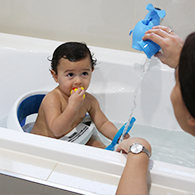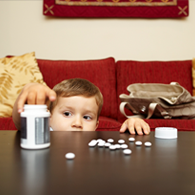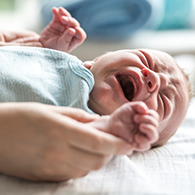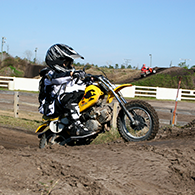Button batteries
Four new consumer goods mandatory standards have been introduced by the ACCC for all consumer goods containing button/coin batteries, effective from 22 December 2020. For more information, visit the ACCC webpage on button and coin batteries.
Button batteries, old or new, can cause serious injuries and even death if swallowed. The coin shaped batteries are easily caught in the oesophagus (food pipe), and when stuck can cause damage very quickly (within 2 hours). Batteries that become stuck in the nose or ears can also cause local burns. 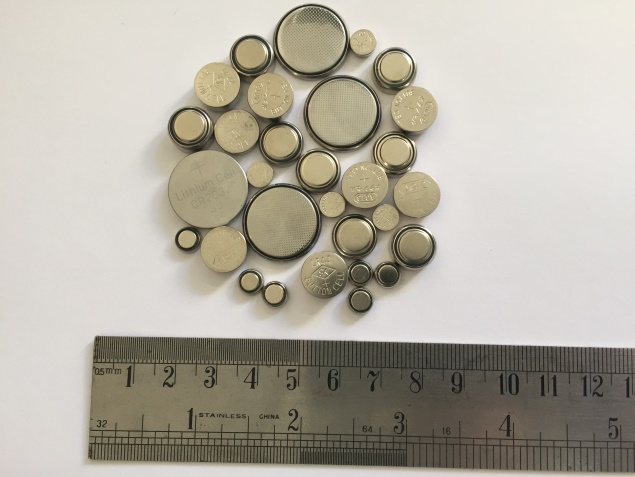
Button batteries come in different sizes, from 0.5cm to 3.2cm in width. Sometimes they are called ‘coin’ or lithium batteries.
When swallowed, the leftover electrical current in a button battery causes a chemical reaction in the body which can cause serious internal burns and bleeding. They can also leak chemicals which can cause poisoning.
You will find button batteries in many small electrical products such as remote controls, toys, birthday cards, watches, hearing aids and torches. New products and toys often have them already installed.
If you know or think that your child has swallowed a button battery you must act immediately.
- If your child is having any difficulty breathing, call Triple Zero (000) immediately
- Call the Poisons Information Centre on 13 11 26 for expert advice anytime
- Take your child immediately to the nearest Emergency Department for assessment and treatment
- Don’t try to make your child vomit
- Don’t let your child eat or drink until you speak to the doctors.
Safety tips
- Look for products that do not use button batteries at all when buying a toy, household device or novelty item
- Check that all remotes, toys and products containing button batteries have a battery compartment that is secured by a screw. If it's not secured in with a screw, stop using the product and keep it out of reach of children
- Keep button batteries and all other batteries out of reach of children, in a locked cupboard at least 1.5 metres above the floor
- Buy new batteries that are in child-resistant packaging that needs to be opened with scissors. Once opened, keep the packet out of reach of children
- Used or old button batteries are dangerous, so safely dispose of them immediately. As soon as you have finished using a button battery, put sticky tape around both sides of the battery. Dispose of it immediately in an outside bin, out of reach of children, or at a recycling centre. To find a recycling centre visit RecyclingNearYou.com.au
- Children are often unable to communicate that they have swallowed or inserted a button battery and might not show any symptoms. Even if you only think they may have, it's best to call the Poisons Information Centre on 13 11 26 for expert advice
- Make sure that grandparents or anyone else who cares for your child are aware of the risks of button batteries and know how to keep children safe from them.
To learn more about button batteries:
- Visit the Product Safety Australia website
- Read the SCHN button battery factsheet
- Visit The Battery Controlled Website

